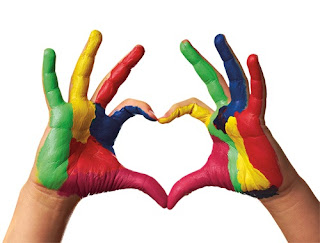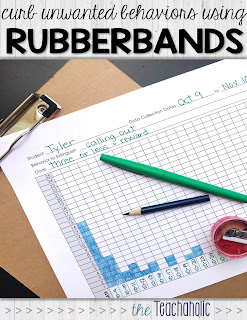You are not a babysitter.
When I kiss my child goodbye for the day and they fumble out of the car, dragging their back back, it’s you who helps him put it on his tiny shoulders. Not because you are a babysitter, but because you take pride in modeling what it looks like to be helpful.
As he walks to class, it’s you who reminds him to grab breakfast. Not because you’re a babysitter, but because you know without a good meal, he won’t be able to concentrate on the lessons for the day.
After he eats, you remind him to throw away his trash. Not because you are a babysitter but because you realize kids need reminders and you want to engrain the importance of being a responsible citizen.
Once he makes it to class, there you are to greet him. Your smile is like home to him. Not because you are a babysitter, but because he knows you actually care and are happy to see him.
While he’s in class, and struggles to read, it’s you who reminds him of those reading strategies. Not because you are a babysitter but because you are a phenomenal educator!
When he’s eagerly flailing his arm in the air to answer a math question, you give him a wink and hold up one finger. Not because you are a babysitter but because you know it’s important for him to understand the value of delayed gratification.
During centers, he had a disagreement with a classmate. You crouched down and used your soothing voice to help them come to a resolution. Not because you are a babysitter, but because you teach more than Reading, Writing and Arithmetic.
Later on at recess, he tripped on his shoe laces and scraped his knee. You kindly, tied his laces, wipe his tears, gave him a hug and a Band-aid. Not because you are a babysitter, but because you care for your “kids” like you would your own.
When you dropped the class off at lunch, you noticed he had tears welling up and asked him, “What’s wrong?” He is sad because his dog died over the weekend. You invite him to eat lunch with you at the picnic table outside. Not because you are a babysitter, but because you know relationships come first and mental health is just as important as the subjects you teach.
At the end of the day, I see my son beaming as he bounds off the school bus. “How was your day today?”
“Great!”
I value you. I value what you do for my son, day in and day out. You are a superior educator. You are my child’s daytime mom. You are not a babysitter.
With much respect and admiration,
One Lucky Parent




















